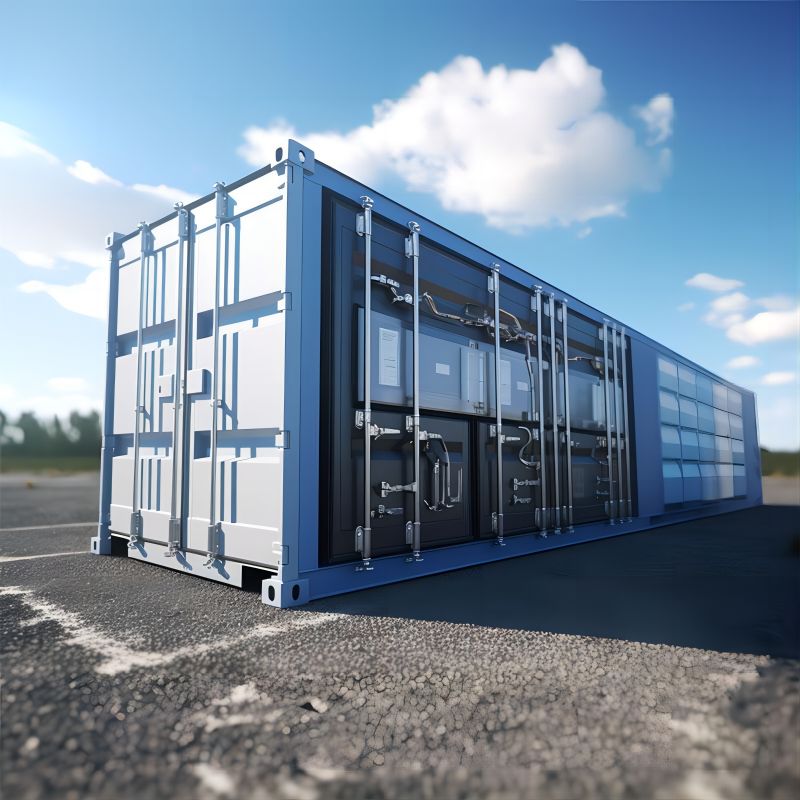- English
- Español
- Português
- русский
- Français
- 日本語
- Deutsch
- tiếng Việt
- Italiano
- Nederlands
- ภาษาไทย
- Polski
- 한국어
- Svenska
- magyar
- Malay
- বাংলা ভাষার
- Dansk
- Suomi
- हिन्दी
- Pilipino
- Türkçe
- Gaeilge
- العربية
- Indonesia
- Norsk
- تمل
- český
- ελληνικά
- український
- Javanese
- فارسی
- தமிழ்
- తెలుగు
- नेपाली
- Burmese
- български
- ລາວ
- Latine
- Қазақша
- Euskal
- Azərbaycan
- Slovenský jazyk
- Македонски
- Lietuvos
- Eesti Keel
- Română
- Slovenski
- मराठी
- Srpski језик
Components of an Energy Storage System
2024-06-25
The energy storage system is a comprehensive system that includes multiple indispensable components to ensure the storage and effective use of electrical energy.
1. Energy storage medium: The energy storage medium is the core of the energy storage system and is responsible for converting electrical energy into other forms of energy (such as chemical energy, mechanical energy, etc.) for storage. When needed, this energy can be converted back into electrical energy and supplied to the power grid or equipment. Common energy storage media include supercapacitors, lithium-ion batteries, flow batteries, hydrogen fuel cells, and compressed air energy storage systems.
2. Control unit: The control unit is the brain of the energy storage system and is responsible for the management and scheduling of the entire system. It can not only configure the parameters of the energy storage medium, but also control the charging and discharging process and protect the system from damage. The control unit usually includes a battery management system, an energy storage system management system, and an intelligent control system.
3. Charging module: The charging module is the energy input end of the energy storage system and is responsible for providing electrical energy to the energy storage medium. Depending on the charging speed, common charging methods include DC fast charging and AC slow charging.
4. Discharge module: The discharge module is the energy output end of the energy storage system, and its core is the inverter. The inverter can convert the energy stored in the energy storage medium into DC power and adjust the output to the load end as needed to meet the power demand of different equipment or power grids.
5. Safety protection mechanism: The safety protection mechanism is an indispensable part of the energy storage system. Since the current and voltage involved in the system are usually high, once an abnormality or failure occurs, it may cause serious dangers such as fire and explosion. Therefore, it is necessary to configure complete safety measures, such as overcurrent protection, overtemperature protection, voltage protection, etc., to ensure the safe operation of the system.





